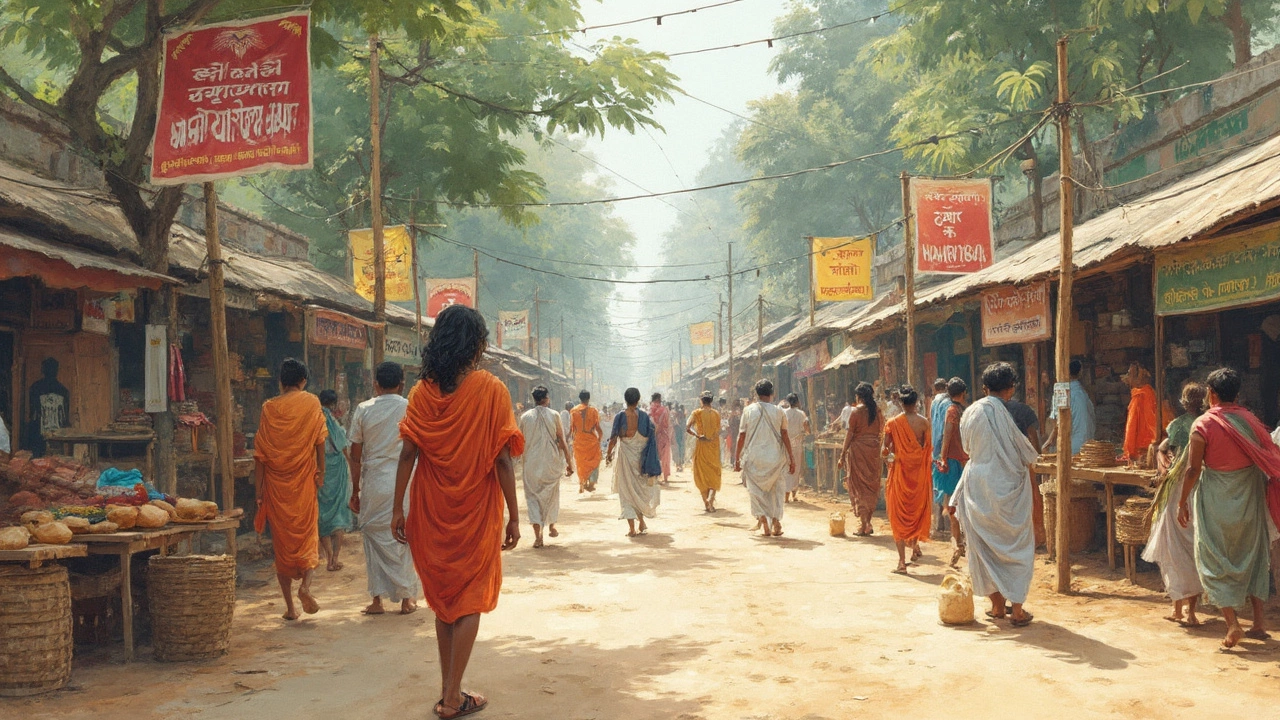Bengal Culture: A Simple Guide to Traditions, Food, and Art
Ever wonder why Bengal feels so alive wherever you go? From the rhythm of pohela boishakh drums to the smell of mustard oil frying fish, Bengal’s culture is a mix of everyday habits and big celebrations. This guide breaks down the most useful bits so you can understand what makes the region tick, whether you’re planning a trip or just curious.
Festivals and Everyday Rituals
First up, festivals. Durga Puja is the headline act – think giant idols, colorful lanterns, and streets buzzing with music. Families spend weeks preparing, making sweets, and rehearsing dances. If you’re there during the five‑day event, you’ll see open‑air pandals (temporary shrines) that showcase stunning art and community spirit.
Another must‑know is Pohela Boishakh, the Bengali New Year. It’s a day of wearing bright saris, eating panta bhat (fermented rice) with fried hilsa, and exchanging sweets. The vibe is relaxed but festive, a perfect snapshot of how Bengalis blend work and play.
Even on ordinary days, small rituals keep culture alive. Many people start the day with a cup of chai and a quick prayer to the family deity. Greeting someone with "Nomoskar" and a slight bow shows respect and ties back to centuries‑old etiquette.
Food and Folk Art
Now let’s talk food – the real star of Bengal. The cuisine is all about balance: sweet, sour, spicy, and salty in one bite. Classic dishes include macher jhol (fish curry), shorshe ilish (hilsa in mustard sauce), and mishti doi (sweet yogurt). Street food lovers can’t miss puchka (spicy tamarind‑filled puri) and jhal muri (spiced puffed rice).
What’s interesting is how food ties into art. The famous "alpana" designs – white rice flour patterns drawn on floors during festivals – often depict scenes from mythology or everyday life. These designs are temporary but they add a visual flavor to celebrations, much like how a well‑spiced dish adds depth to a meal.
Music and dance are another big piece. Baul singers wander villages with a one‑stringed instrument, sharing philosophical verses that blend love and spirituality. On the dance floor, the graceful movements of the "Chhau" mask dance tell stories from epics in a way that’s both theatrical and rooted in local myths.
All these elements – festivals, food, art, and daily habits – work together to create a culture that feels warm, welcoming, and full of life. If you ever get a chance to experience Bengal, go beyond the tourist spots. Sit down for a home‑cooked meal, join a local puja, or simply watch an alpana being drawn. You’ll walk away with a real taste of what makes Bengal unique.
